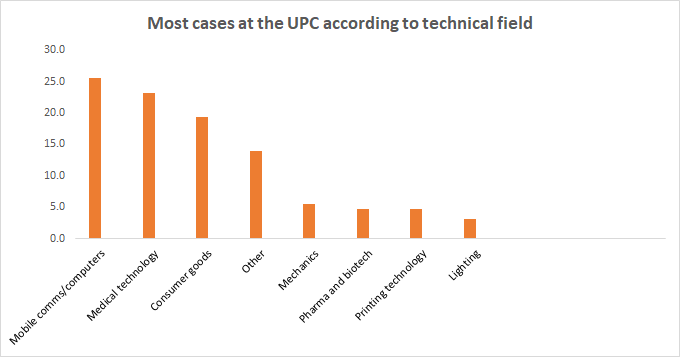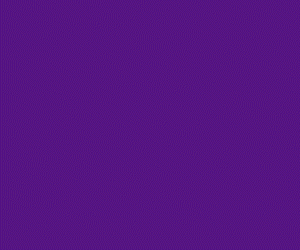Telecoms and computer proceedings lead UPC case numbers
For the first time, the Unified Patent Court has more cases in mobile communications and computer technology than from any other technical field. Previously, medical technology cases had topped the list of the strongest fields of technology at the UPC.
26 February 2024 by Mathieu Klos
According to the UPC’s publicly accessible data, analysed by JUVE Patent, 33 cases concerning patents for mobile communications, wifi, video coding and semiconductors are currently pending. No other technical field currently has as many lawsuits as in this segment. This means that, for the first time, lawsuits relating to mobile communications and computer technology patents have overtaken lawsuits on medical technologies.
UPC public access
However, mobile communication and computer chip lawsuits only account for 26% of all proceedings at the UPC. In mobile communications and computers, 15 of the 33 cases revolve around SEPs.
As of Friday, 129 cases were listed on the database. JUVE Patent has not included counterclaims for revocation in the analysis. Thus, the basis of this analysis is formed by all publicly known infringement, revocation and preliminary injunction claims, as well as other applications for provisional measures.
JUVE Patent has not included any filed proceedings that are only visible in the CMS system to registered users of the UPC.
Medical technology comes second
The 30 lawsuits concerning medical technology patents rank in second place. Since the UPC’s launch in June 2023, these had topped the ranking of the technical fields with the most cases. Proceedings relating to consumer goods patents form another large group, at 20 lawsuits.

Source: JUVE Patent; figures in %
Prior to the court’s launch, many experts expressed concerned that the UPC could develop into a purely mobile communications court due to the potential to achieve a Europe-wide injunction. But, during the first few months, mobile communications patent holders – and especially NPEs – were reluctant to file suits. Philips and Huawei were among the first patent holders in this segment to test the UPC.
Only the first major series of lawsuits by Panasonic against Oppo and Xiaomi broke the ice. Most recently, it was mainly lawsuits based on one or two patents that ensured that the mobile communications and computer segments came out on top. These include the two lawsuits filed by Nokia against Amazon and Hewlett-Packard, and by NEC against TCL for video coding. Lenovo subsidiary Motorola recently sued Ericsson over two patents at the Munich local division.
Networks System Technology was also the first NPE to sue at the UPC. The three lawsuits against Texas Instruments, Audi and Volkswagen at the Munich local division concern chip technologies.
One court, multiple technologies
Despite the increase in semiconductor and mobile communications lawsuits, the UPC remains attractive for companies with a broader technological focus. The court has seven proceedings in the mechanics segment; pharma and biotech, as well as printing, have six apiece, and the lighting segment has four.
However, a large group of 18 proceedings are based on patents with very different technologies, ranging from food and refrigeration technology to automotive. In these fields, usually between only one and three lawsuits are pending.
Despite the 14 new, publicly available lawsuits that parties have filed with the UPC in 2024, consumer goods, medical and computer technologies, and mobile communications continue to dominate.
